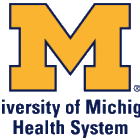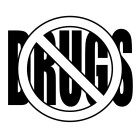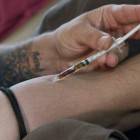
As many as one in five child welfare cases in New York City involve a parent with a mental health diagnoses, attorneys estimate, which creates challenges for parents, children and caseworkers, challenges that advocates believe aren't being addressed, according to a recent story in the weekly City Limits. Activist Lauren Shapiro, who works in the city to give families the legal and social support they need, told the paper that misunderstandings, such as not seeing the difference between mental health and mental retardation and wrongfully charging parents with abuse of neglect, are not unusual. Several other child welfare advocates and a child welfare report from the winter of 2009, support her perception that many people in the child welfare system don’t know how to deal with parents with mental illness. According to the report, some players in the system confuse parents’ reactions to the trauma of having children removed with genuine mental illness, and others are unaware of how to fairly determine whether a parent with mental illness can care for their children. Since its publication, changes are being made in one city agency that conducts some of the mental health evaluations, even though some workers don’t agree with the report.








